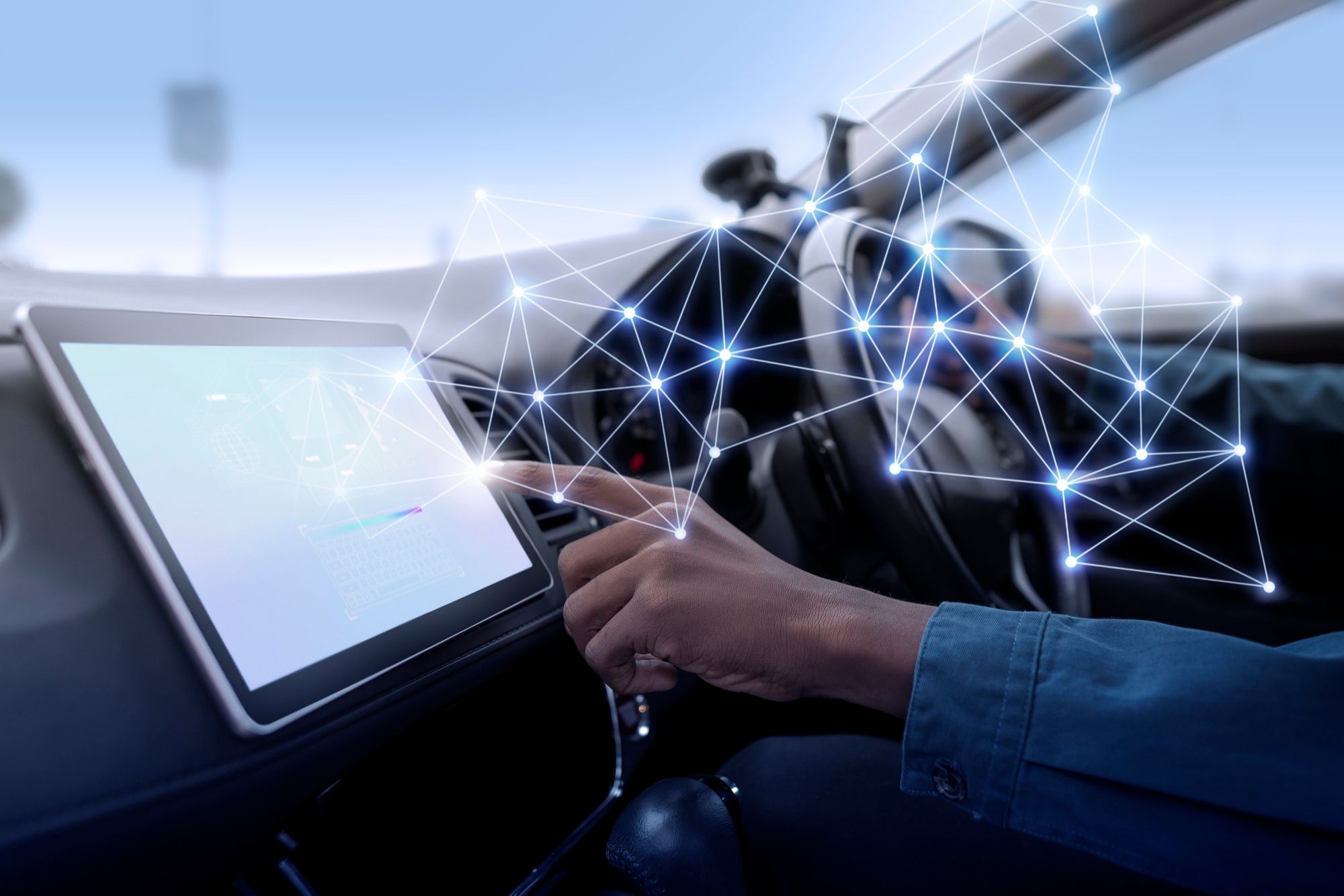On September 20, 2016, the U.S. Department of Transportation released the Federal Automated Vehicles Policy. This policy set guidelines that highlight for technology developers and manufacturers the most important areas that to consider when designing, testing, and deploying highly automated vehicles (“HAV”).
The 103-page document covers three major areas: (i) vehicle performance guidance; (ii) model policy for state to adopt; (iii) current and potentially upcoming regulatory tools. Seeing that we are mostly advising tech companies, we set out below an early and a highly abbreviated summary of the first section on vehicle performance guidance (or the “Guidance”), which outlines practices for the pre-deployment design, development, and testing of HAVs, i.e. prior to selling them.
The way the Guidance is designed is by setting out key areas to address by the manufacturer prior to testing and deployment. Many areas apply to all automation systems on a particular HAV, but some are more specific and apply specifically with respect to each system. These areas are important to understand even for system developers that do not manufacture vehicles because vehicle manufacturers are likely to imbed such the requirements set out in the guidance into their development and procurement processes.
From the Guidance applicable to all HAV systems we highlight the following:
- Data Recording and Sharing: The manufacturer should out in place a documented process for collect event, incident, and crash data for the purpose of recording the occurrence of any malfunctions or failures in a way that can be used to establish the cause of the occurred event and develop new safety metrics;
- Privacy: The manufacturer should take steps to ensure the protection of consumer privacy and data collected by the vehicle;
- Safety System: The design and validation process deployed should be robust and based on a system-engineering approach with the goal of producing an HAV system that is “free of unreasonable safety risks,” and should include the ability to place the vehicle in a safe state even when errors occur;
- Vehicle Cybersecurity: The manufacturer should follow an engineering process that minimizes risks due to cybersecurity threats, including continuous HAV system risk assessment and response;
- Human-Machine Interface: The HAV system should consider the interactions and the need to communicate information to the driver, especially where the driver will assume certain control functions. The system should also consider communications with pedestrians and conventional and automated vehicles around the HAV regarding its state of operation relevant to the circumstances (example: signaling);
- Crashworthiness: HAVs must meet the NHTSA crashworthiness standards irrespective of their technology. In addition, the manufacturer should develop systems for occupant using the information delivered from the advanced sensing technologies needed for HAVs; and
- Post-Crash Behavior: The manufacturer should employ and documented process for the assessment and validation of how an HAV is reinstated into service after a crash.
The U.S. DoT’s published policy is intended to be the first step of providing further guidelines ensuring the safety and protection of HAVs, people, and other vehicles in their environment. The policy is not intended to codify as legal requirements the set of guidelines therein, and it is not mandatory yet.


